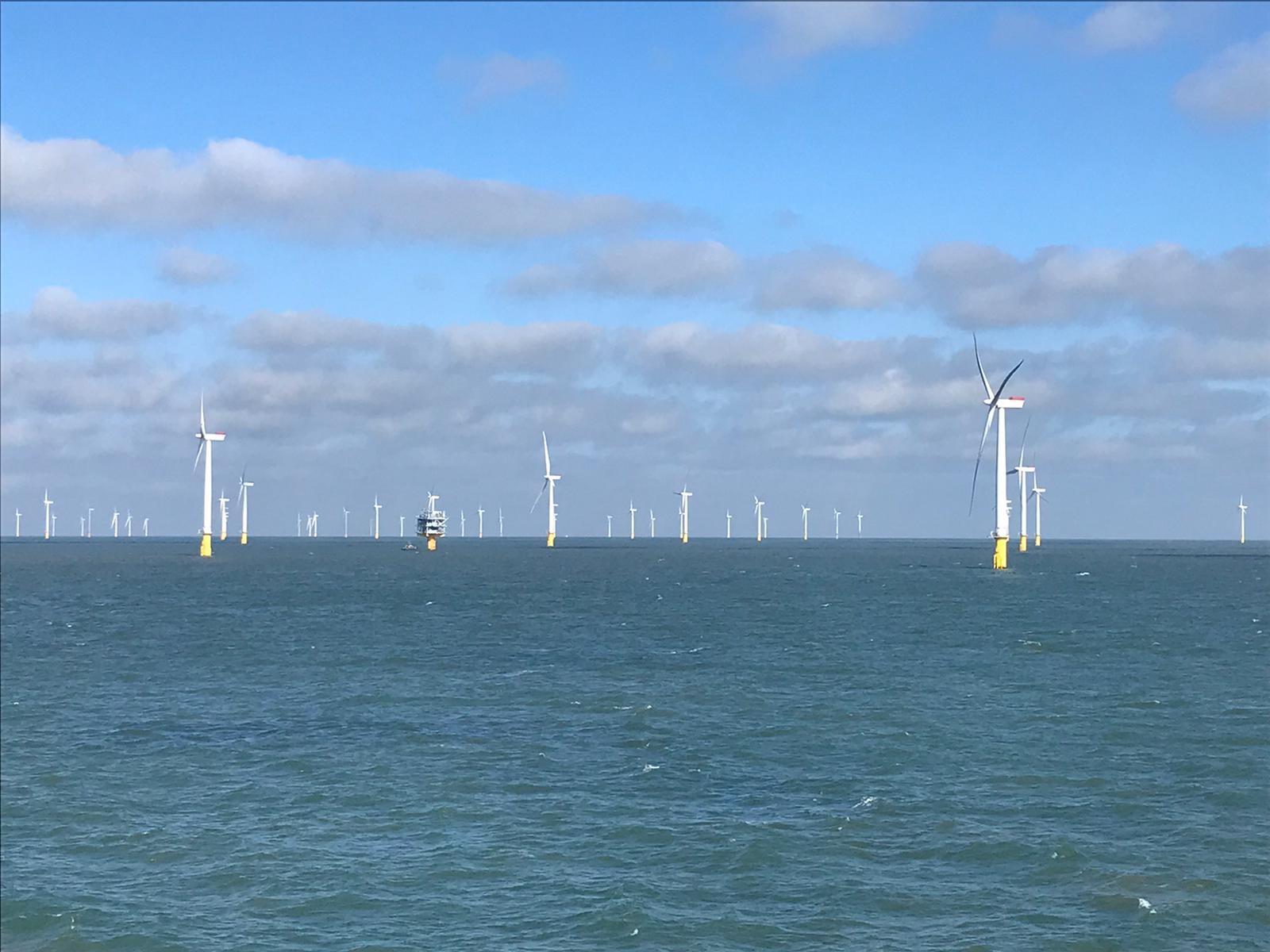Bekaert, a global market and technology leader in the material science of steel wire transformation and coating technologies, has been appointed to provide mooring solution analysis for the Nautical SUNRISE project.
The latter aims to design, build, and showcase a 5 MW offshore floating solar system that will be located within RWE’s OranjeWind (Hollandse Kust West VII) wind farm off the west coast of The Netherlands. The RWE’s OranjeWind (Hollandse Kust West VII) wind farm, is reportedly the world’s largest offshore floating solar power installation.
The 5 MW offshore floating solar system will be built using the modular solution of SolarDuck, a Dutch startup that develops and deploys offshore floating solar energy solutions to accelerate renewable energy growth. RWE AG, a German multinational energy company that generates and trades electricity in the Asia-Pacific region, Europe and the United States, will provide the investment for the installation and deployment of the 5 MW offshore floating solar system.
Scope of work for Bekaert and the Nautical SUNRISE project team at large
Prior to the installation and deployment of the 5 MW offshore floating solar system, the Nautical SUNRISE project team will conduct extensive research and testing to ensure the reliability, survivability, electrical stability, and yield of offshore floating solar systems.
The team comprises Dutch Marine Energy Centre (DMEC) as the project lead, SolarDuck, RWE, Blunova – a Carlo Maresca Group company, Deltares, Bekaert, Hasselt University (UHasselt), KU Leuven, Oxford PV, SINTEF Industry, SINTEF Ocean, The Catalonia Institute for Energy Research (IREC-CERCA), INESC TEC, and WavEC Offshore Renewables.
The team will also carry out an all-inclusive scale-up plan that will address the challenges and create opportunities to drive forward the commercialization of offshore floating solar systems.

As part of this team, Bekaert will evaluate the performance and cost-effectiveness of various mooring solutions, including polyester, nylon, and new technologies such as the TFI Marine SeaSpring load reduction device. This was revealed by Christof Dewijngaert, the General Manager of Synthetics at Bekaert who also confirmed that the company is committed to exploring the stiffness characteristics of different mooring options under varying conditions, ensuring the optimal design for offshore floating PV.
With sustainability in mind, the entire Nautical SUNRISE project team is reportedly committed to considering the environmental impact and sustainability of offshore floating solar. The team will assess the environmental footprint, circularity, and full life cycle sustainability of offshore floating solar systems. This assessment will reportedly not only cover the 5 MW demonstrator offshore floating solar system project but also multiple GW-scale commercial projects, ensuring a comprehensive understanding of the technology’s ecological implications.
The outcomes of the Nautical SUNRISE project will enable the large-scale deployment and commercialization of offshore floating solar systems in the future, both as standalone systems and integrated into offshore wind farms.
Simon Stark, CTO at DMEC said that they are excited to coordinate the Nautical SUNRISE project as one of the flagship initiatives of offshore solar in Europe as they have the chance to address important knowledge gaps around the design and environmental impact of offshore solar.
Also Read
Construction begins on World’s largest floating offshore solar power plant
First RWE Battery Energy Storage System Construction in Netherlands

